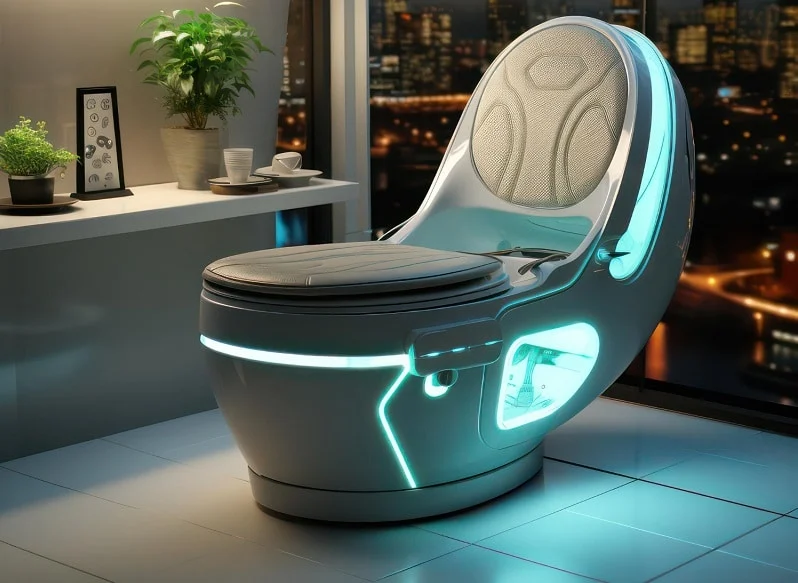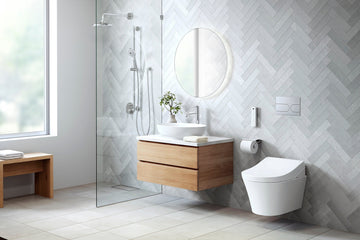In the ever-evolving landscape of restroom technology, innovative toilet remote controls are making waves, offering a transformative experience in personal hygiene and convenience. As a key player in modern bathroom amenities, these devices are gaining traction among consumers and industry professionals alike. Understanding the nuances of these controls is crucial for industry QA experts looking to stay ahead in the smart bathroom revolution.
With advancements in smart home technology, remote-controlled toilets are becoming a staple in modern households and public restrooms. These devices offer a plethora of features designed to enhance user comfort, improve hygiene, and optimize water usage. As the world moves towards more sustainable and efficient living solutions, innovative toilet remote controls are at the forefront of this transformation.

Features and Benefits of Smart Toilet Remote Controls
One of the standout features of these remote controls is their ability to adjust toilet seat temperatures, providing users with a comfortable and personalized experience. This feature is especially beneficial in colder climates, offering warmth and comfort during use. Additionally, many remote controls come equipped with bidet functions, allowing users to customize water pressure and temperature settings for optimal hygiene.
Another significant advantage of smart toilet remote controls is their contribution to water conservation. By offering precise control over flushing mechanisms, these devices help reduce water wastage, aligning with global efforts towards sustainability. For more insights on water-saving technologies, explore our article on gray water reuse systems.
The Role of Automation and Connectivity
Automation plays a pivotal role in the functionality of innovative toilet remote controls. Many models feature automatic seat lifting and closing mechanisms, reducing the need for manual intervention and promoting hygiene. This technology is particularly beneficial in public restrooms, where minimizing contact with surfaces is a priority. For a deeper dive into automatic seat technology, check out our article on automatic seat lifting toilets.
Connectivity is another critical aspect, with many remote controls offering integration with smart home systems. This allows users to control their toilet settings via smartphone apps or voice commands, adding a layer of convenience and accessibility. The integration of IoT (Internet of Things) technology in bathroom fixtures is a testament to the potential of connected living spaces.
Challenges and Considerations for Industry QA
While the benefits of innovative toilet remote controls are clear, there are challenges that industry QA professionals must address. Ensuring product reliability and user safety is paramount, as these devices often involve complex electrical and mechanical components. Rigorous testing and quality assurance processes are essential to identify potential issues and ensure a seamless user experience.
Another consideration is the ease of use, as remote controls should be intuitive and user-friendly. The design and interface must cater to a wide range of users, including those who may not be tech-savvy. For insights into user-centric design in toilet technology, read our article on toilet lid closing technology.
Market Trends and Future Prospects
The market for smart toilets and remote controls is poised for significant growth, driven by increasing consumer demand for convenience and sustainability. As technology continues to advance, we can expect even more innovative features, such as voice-activated controls, AI-driven personalization, and enhanced connectivity options. For a glimpse into the future of toilet technology, visit Tomorrow City.
Moreover, the integration of these technologies in public restrooms is likely to become more prevalent, offering enhanced hygiene and accessibility for all users. As the industry adapts to these changes, QA professionals will play a crucial role in ensuring the reliability and performance of these advanced systems.

Conclusion
In conclusion, innovative toilet remote controls represent a significant leap forward in bathroom technology, offering enhanced convenience, hygiene, and sustainability. For industry QA professionals, staying informed about the latest developments and challenges in this field is essential to ensure the successful implementation and operation of these advanced systems. As we embrace the future of smart restrooms, the potential for innovation and improvement is boundless.
FAQs
Q: What are the key features of innovative toilet remote controls?
A: They offer seat temperature adjustments, bidet functions, water conservation features, and connectivity with smart home systems.
Q: How do these remote controls contribute to sustainability?
A: By providing precise control over flushing mechanisms, they help reduce water wastage and promote efficient water usage.
Q: What challenges do industry QA professionals face with these devices?
A: Ensuring product reliability, user safety, and intuitive design are some of the key challenges faced by QA professionals in this field.
This article contains affiliate links. We may earn a commission at no extra cost to you.






